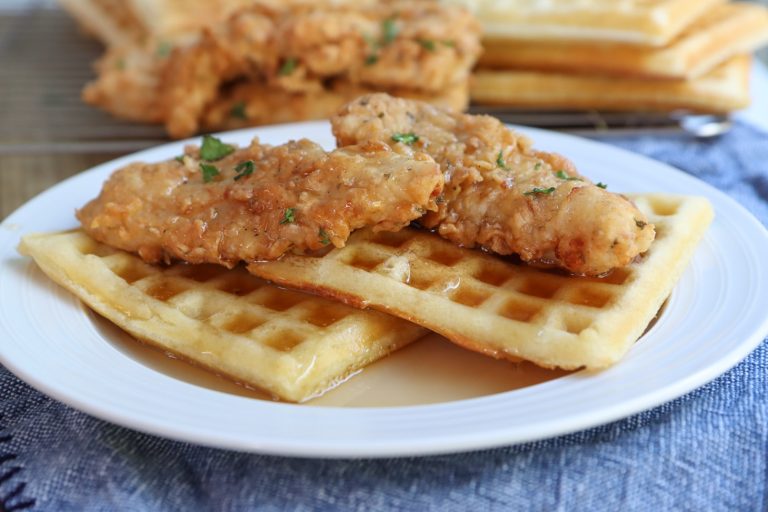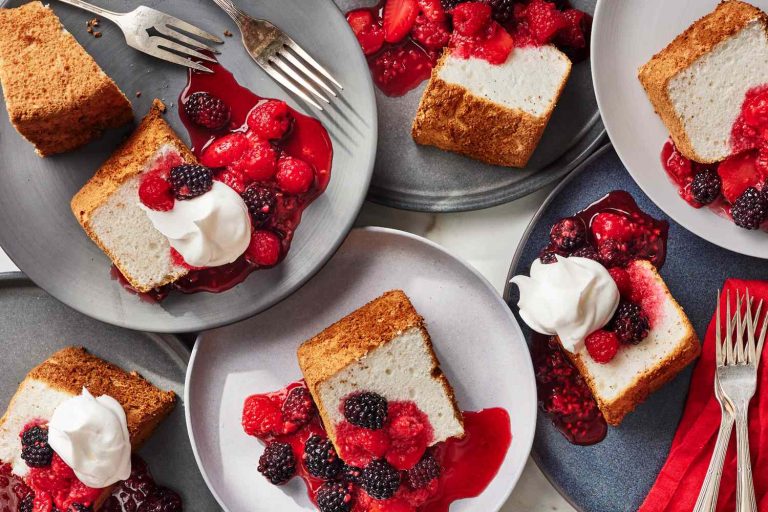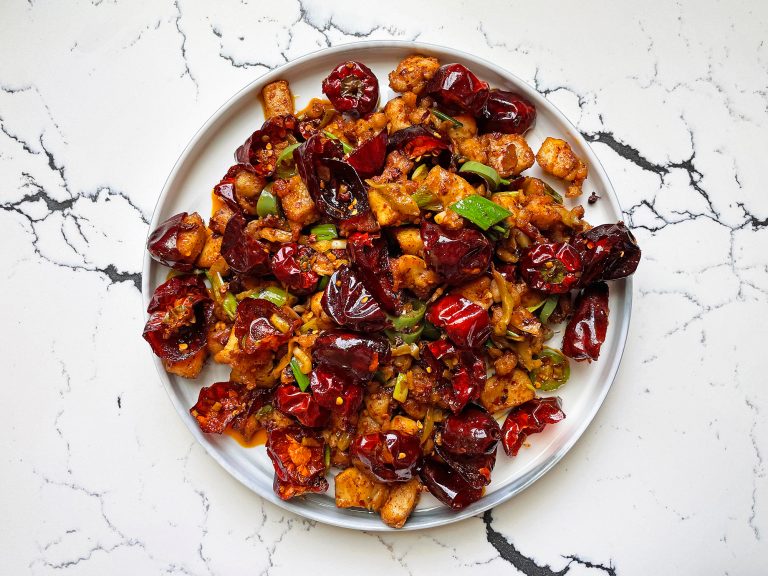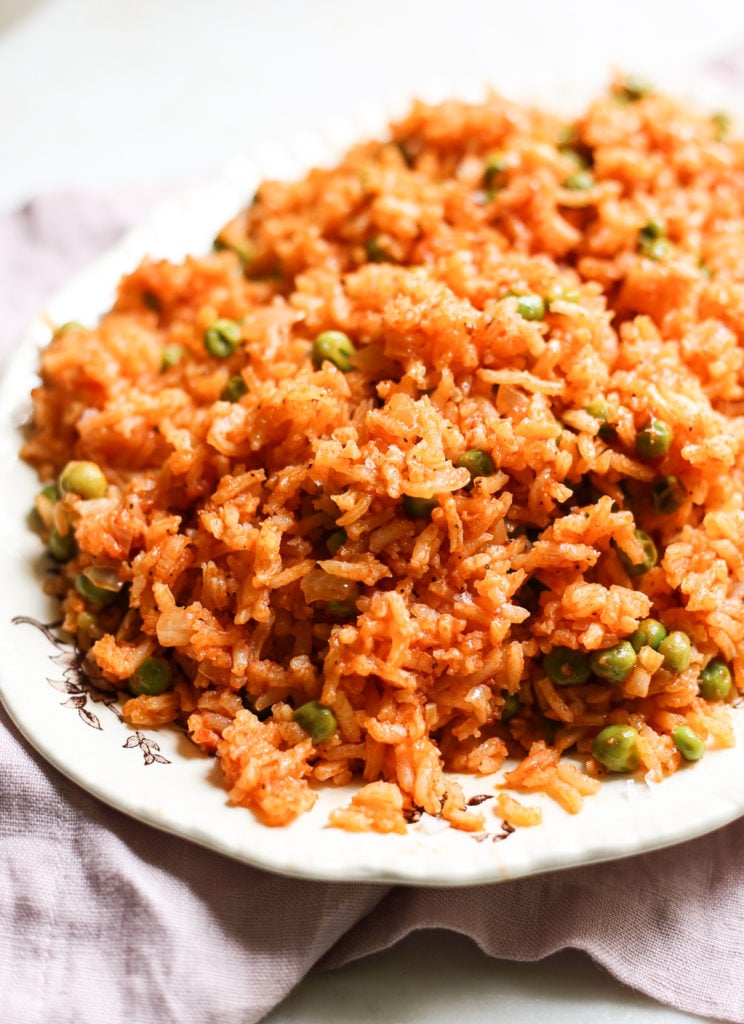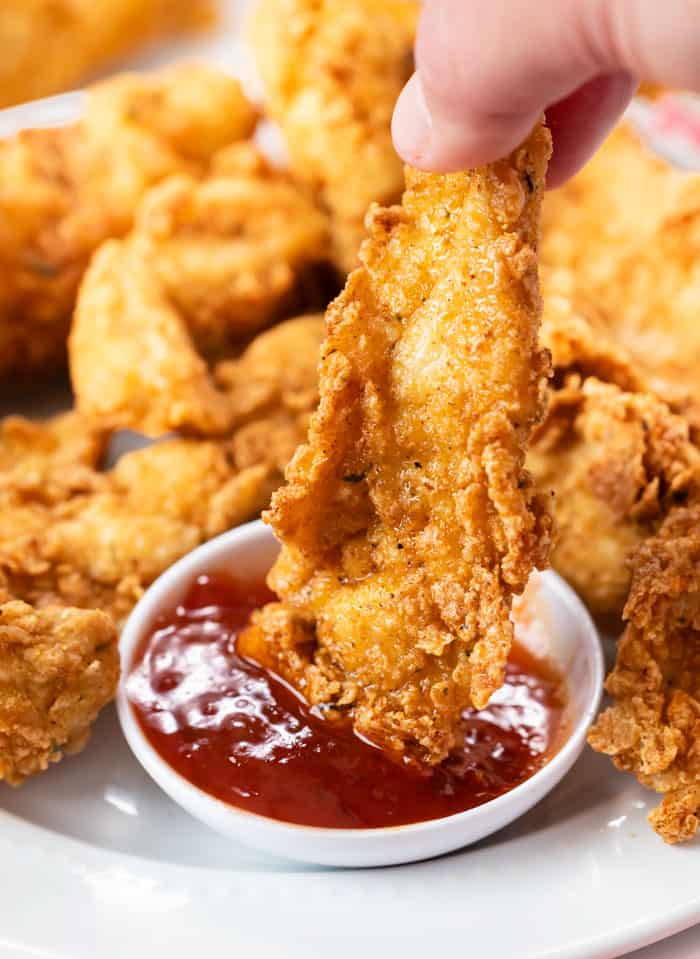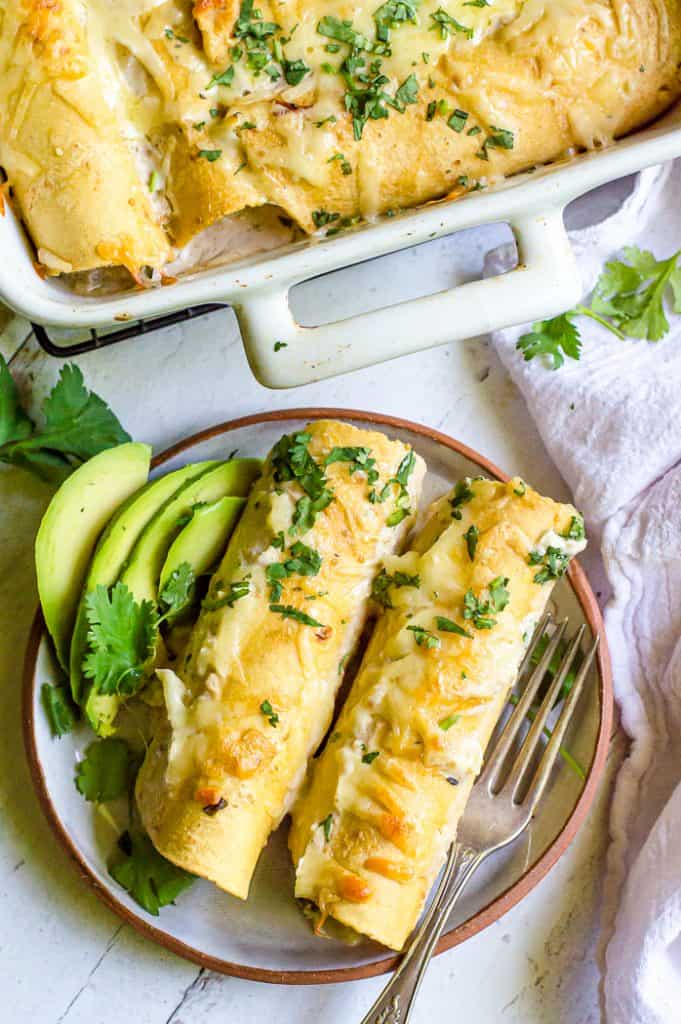Scrambled Eggs Ever: Techniques, Ingredients, and Tips for Perfection
Quality ingredients form the foundation of great scrambled eggs. Use fresh eggs because they offer better texture and flavor. Opt for organic eggs if possible. Measure the quantity to three large eggs per serving. Select whole milk or heavy cream to achieve a creamy consistency. Add 2 tablespoons of liquid for every three eggs. Choose unsalted butter for cooking, which adds a richer taste.
Incorporate fresh herbs for added flavor. Popular choices include chives, parsley, or dill. Grate cheese like cheddar, parmesan, or gouda to introduce a savory element. Use salt and freshly ground black pepper for basic seasoning.
Mastering the Technique
Proper technique transforms good ingredients into perfect scrambled eggs. Start by cracking eggs into a bowl. Whisk vigorously for a uniform mixture. Preheat a non-stick skillet over medium-low heat. Melt 1 tablespoon of butter in the skillet, covering the surface evenly.
Pour the egg mixture into the skillet. Let it sit for a few seconds until it begins to set. Stir constantly with a spatula, pulling eggs from the edges to the center. This creates soft curds. Lower the heat if eggs cook too fast.
Remove the skillet from heat when eggs are still slightly runny. They will continue to cook from residual heat. Fold in herbs and cheese, if desired. Serve immediately for the best texture and flavor.
Consistency plays a significant role in mastering scrambled eggs. Follow these steps with precision every time for a dish that delights.
Essential Tools for Perfect Scrambled Eggs
Best Skillets and Pans
The right skillet or pan is crucial for perfect scrambled eggs. Non-stick pans ensure the eggs don’t stick and clean-up is easier. An 8-10 inch pan is ideal for 2-4 eggs, providing ample space to cook without overcrowding. Stainless steel pans can also be used with sufficient butter or oil to prevent sticking. Brands like All-Clad and Calphalon offer high-quality non-stick and stainless steel options.
Whisks and Spatulas
Whisks and spatulas are essential for creating soft, fluffy scrambled eggs. A balloon whisk incorporates air into the eggs, leading to a lighter texture. Silicone-coated whisks prevent scratching your non-stick pans. Spatulas help stir and fold the eggs gently. A silicone spatula is flexible, allowing you to scrape the sides of the pan effectively. Brands like OXO and Tovolo provide durable whisks and versatile spatulas ideal for this task.
Ingredient Variations to Enhance Flavor
Cheese and Herbs
Incorporate cheese and herbs to elevate the flavor of your scrambled eggs. Use cheddar, feta, or gouda for varied textures and taste profiles. Fresh herbs like chives, parsley, and basil add a burst of freshness and color. Grate hard cheeses like parmesan directly into the eggs, and crumble soft ones like feta before mixing. Always chop herbs finely to ensure even distribution and enhanced flavor.
Onions, Peppers, and More
Add savory and sweet elements with onions, peppers, and other vegetables. Sauté diced onions and bell peppers before adding eggs for a flavorful base. Include mushrooms, tomatoes, or spinach for additional nutrients and taste. Cook these vegetables until tender, and then stir them into your egg mixture. Using a variety of colorful veggies not only boosts the dish’s visual appeal but also enriches its nutritional value.
Cooking Tips to Avoid Common Mistakes
Temperature Control
Mastering temperature control prevents rubbery or burnt scrambled eggs. Use medium-low heat to cook eggs evenly. High heat leads to overcooked outer layers and undercooked centers. A controlled, low heat ensures a creamy, soft texture. A non-stick pan, like those from All-Clad or Calphalon, can help maintain consistent temperatures. Stir continuously with a silicone spatula, such as OXO’s, to avoid hotspots.
Timing Is Everything
Timing is critical for perfect scrambled eggs. For a creamy consistency, cook for 5-7 minutes. Stir constantly during this period to distribute heat evenly. If eggs stay on the heat too long, they’ll dry out. Remove from heat just before they’re fully set, as they continue cooking from residual heat. This technique, known as carryover cooking, allows for perfect doneness. Use a reliable timer to avoid guesswork and ensure precision.
Conclusion
Mastering the art of scrambled eggs transforms a simple dish into a culinary delight. By focusing on fresh ingredients, proper techniques, and the right tools, you can elevate your breakfast game. Remember to whisk thoroughly, cook slowly, and stir constantly for the best results. Experiment with different add-ins like cheese, herbs, and vegetables to keep things exciting. With these tips, you’ll be making the best scrambled eggs ever in no time. Happy cooking!

